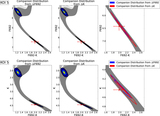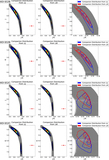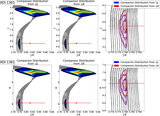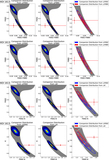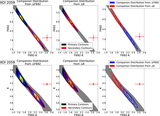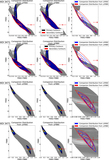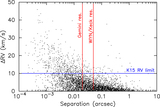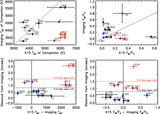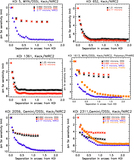Image Details
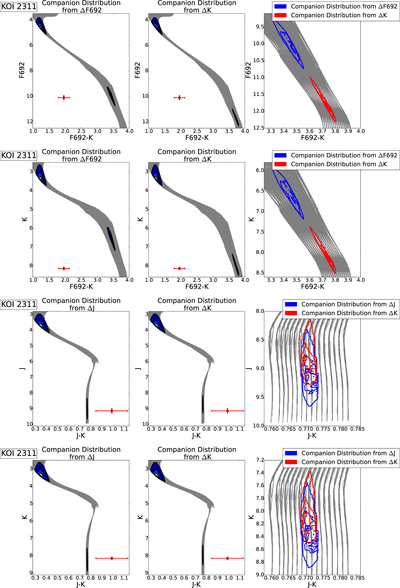
Caption: Figure 6.
Plots showing the results of the imaging data analysis in Section 3.1 for KOI 2311. Left: primary KOI absolute photometry contours, and companion photometry contours, calculated from observed ΔF692 (or ΔJ, bottom two plots) magnitude and assuming it lies at the same distance and has the same age and metallicity as the KOI, mapped on the same (primary KOI) isochrone. The red point represents the absolute magnitude and “ true” color for the companion (assuming it is bound), calculated from relative color information. The spread in color of the contours represents the spread in the normalized probability distribution, ranging from 1 (red) to 0 (dark blue). Middle: same as left, but with companion photometry contours calculated from ΔK magnitude. Right: a comparison of the overlap between the relative photometry contours of the companion.
Copyright and Terms & Conditions
© 2015. The American Astronomical Society. All rights reserved.


